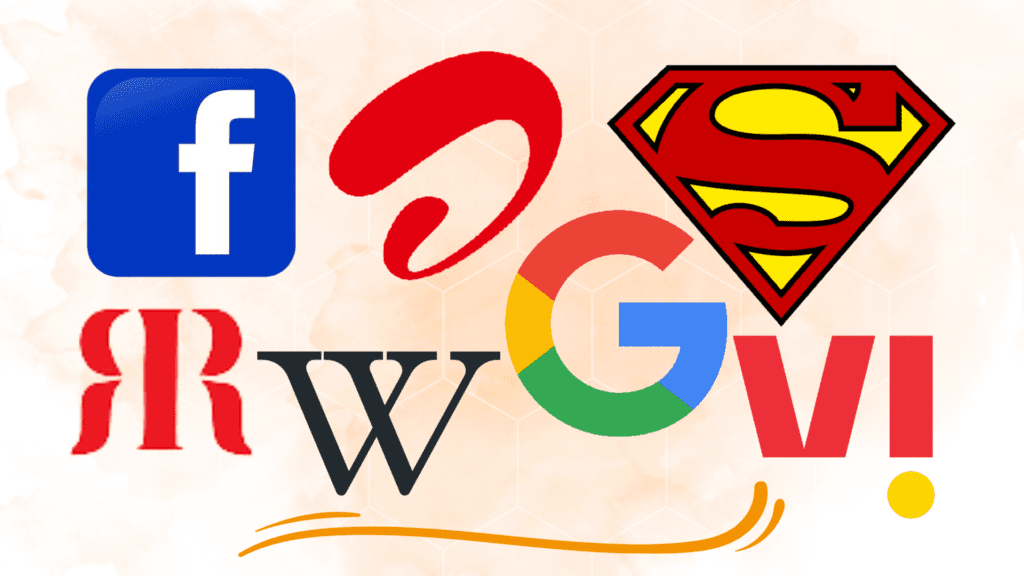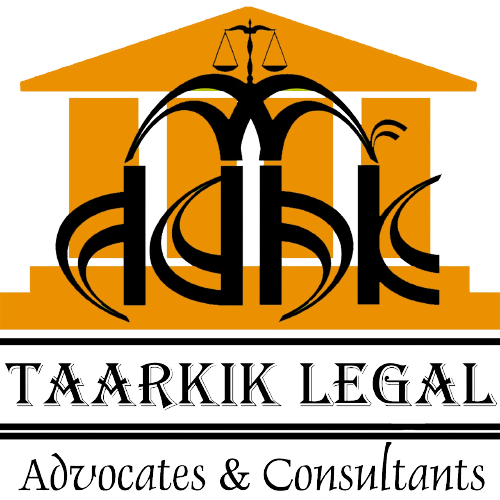Too Short to Be a Trademark or Does a Single Letter Say It All?
Taarkik Legal
In today’s fast-paced world, companies are always on the lookout for unique and eye-catching ways to stand out from their competition. One way to do this is by creating a strong brand identity, which includes trademarks. As businesses continue to grow and expand, the value of trademarks has become increasingly important. Trademarks are an essential part of branding, as they help to distinguish one company’s products or services from another.
However, there has been some debate over the years about whether a single letter can be considered a valid trademark.

What is a Trademark?
Before delving into the specifics of one-letter trademarks, it’s essential to understand the basics of trademarks. A trademark is a type of intellectual property that grants exclusive rights to the owner of the mark. These rights allow the owner to prevent others from using a similar mark that may cause confusion among consumers. A trademark is a symbol, word, or phrase that is used to represent a particular product or service. It serves as a unique identifier that sets a company’s products apart from those of its competitors. Trademarks can be a word, a combination of words, a logo, a design, a shape, a color, or even a sound.
The Importance of Trademarks
Trademarks are essential for businesses because they help to build brand recognition and loyalty. They allow consumers to easily identify a company’s products or services and distinguish them from those of its competitors. Trademarks can also provide legal protection for a company’s brand, preventing others from using similar marks that could create confusion in the marketplace.
The Legal Standing of Single-Letter Trademarks
Traditionally, trademarks have been longer than a single letter to be considered eligible for protection. While trademarks can be a powerful tool for building brand identity, there are some challenges when it comes to single-letter trademarks. One of the main issues is that single letters are often too short to be distinctive. In India, the Trade Marks Act, 1999, requires that a trademark be capable of distinguishing the goods or services of one person from those of another. Therefore, a single letter on its own may not be sufficient to meet this requirement.
Another challenge with a single-letter trademark is that it can be difficult to protect. If a company chooses to trademark a single letter, it may be difficult to prevent others from using similar marks that could create confusion in the marketplace. This is because single letters are often used in common words or phrases and may not be considered unique enough to warrant legal protection.
Similarly, the U.S. Patent and Trademark Office (USPTO) also has a strict standard for registering a single-letter trademark. It must meet the requirements of being “distinctive, non-descriptive, and non-generic”.
In other words, a single letter must be unique and not commonly used in a particular industry or business. It should not describe the product or service that it represents, and it should not be a generic term. For example, the letter “A” could not be trademarked for use in selling apples.
Benefits of Single-Letter Trademarks
Single-letter trademarks offer several benefits to businesses. They are short and easy to remember, making them ideal for use in marketing and advertising campaigns. They are also visually appealing and can be used as a standalone design element or incorporated into a larger logo.
Additionally, single-letter trademarks can be a cost-effective way for smaller businesses to protect their brand identity. Registering a single-letter trademark is often less expensive than registering a longer trademark.
Drawbacks of Single-Letter Trademarks
While single-letter trademarks offer several advantages, they also have some disadvantages. The most significant disadvantage is the potential for infringement. A single-letter trademark may be too similar to another trademark, causing confusion among consumers. Additionally, a single-letter trademark may be too similar to a generic term, making it difficult to enforce.
Another drawback of single-letter trademarks is the limited scope of protection. Since the mark is so short, it may be challenging to enforce it against similar marks that use the same letter. For example, if a business has registered the letter “A” as its trademark, it may be difficult to prevent another company from using a similar letter, such as “B”, “C”, or “D”.
Famous Single-Letter Trademarks
Despite the potential drawbacks of single-letter trademarks, some businesses have successfully registered and protected them. One of the most famous single-letter trademarks is the “S” logo used by Superman. The logo has been registered since 1978 and is recognized worldwide.
Another famous single-letter trademark is the “i” used by Apple Inc. The company uses the letter in various ways, including as a standalone logo and incorporated into product names, such as the iPhone and iPad.
Similarly, the famous free online encyclopaedia “Wikipedia” has trademarked the letter “W”, the American clothing company, the Gap, has trademarked the letter “G” for use on its products. Another example is the American computer company, Dell, which has trademarked the letter “E” for use on its products.
In India, the company, Raymond, has a trademark for the letter “R” for its clothing products. The Indian telecommunications company, Airtel and Vodafone-Idea, has also trademarked the letters “a” and “VI”, respectively, for its products and services. However, it’s important to note that these companies have likely used the single letter in conjunction with other elements, such as a design or a word, to create a unique trademark that is capable of distinguishing their products from those of their competitors.
Conclusion
The use of single-letter trademarks remains a controversial issue. While they offer several advantages, they also have some drawbacks, including the potential for infringement and limited scope of protection. However, as businesses continue to seek out unique and memorable brand identities, the use of single-letter trademarks is likely to increase.
While it may be possible to trademark a single letter in India, there are some challenges to consider. Single letters may not be distinctive enough on their own to meet the requirements for a trademark, and they can be difficult to protect. However, if a company uses a single letter in conjunction with other elements to create a unique trademark, it may be possible to register it successfully. Ultimately, the decision to trademark a single letter will depend on the specific circumstances of each case.
